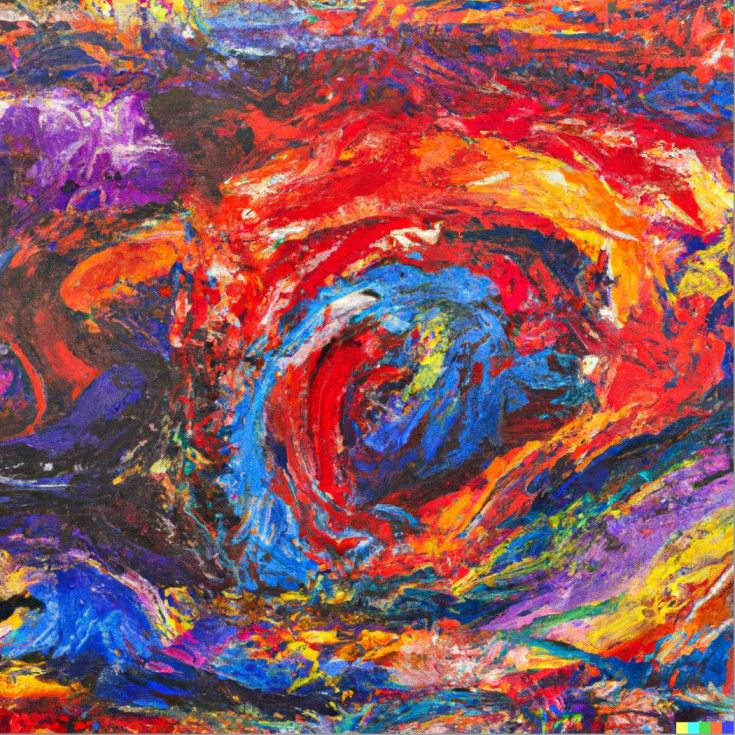A three-perspective approach to understanding AI in Artistic Practice

Topic
The field of AI has witnessed remarkable advancement in recent years in nearly every domain. In the case of art, a recent hype emerged from the rapidly increasing capabilities text-to-image tools like Mid-Journey, DALL-E and Stable Diffusion seem to offer to even unskilled individuals. As technology continues to reshape the creative landscape, it becomes essential to explore and understand the implications, challenges, and opportunities that arise from the integration of generative AI and arts.
Relevance
Understanding the interaction between artists and generative AI systems is crucial in today's rapidly advancing technological landscape. Artists have always been at the forefront of exploring and embracing new technologies, providing valuable insights, and pushing the boundaries of creativity. By examining the dynamics of artists working with generative AI tools, this research not only offers insights for practitioners in the artistic community but also provides valuable knowledge and inspiration for the wider creative industry. Artists' experiences and perspectives can pave the way for innovative applications of AI in various creative domains, making this research highly relevant for practitioners seeking to harness the potential of technology in their own creative endeavors.
Results
The results of this study indicate there is a rich bundle of aspects that must be considered when trying to understand the use of AI in artistic practice. While what AI in the artistic practice consists of is becoming increasingly clear, there is also a rapid evolution and ongoing normalization work in the process of making sense of AI in art. The future remains uncertain regarding how these aspects may change over time.
Implications for practitioners
· Generative AI is seen as a powerful tool for creative exploration and expression.
· Most practitioners consider AI a partner in their creative process rather than just a tool.
· AI-based applications have the potential to unlock opportunities for audience participation and enhanced experiences.
· Like previous technologies, the latest applications of generative AI may inaugurate a new medium instead of signaling the end of art as we know it.
· The social and ethical implications of AI-generated art, including issues of authorship, intellectual property, biases, and job displacement, reflect the societal dynamics and underlying logic embedded in AI systems, necessitating interdisciplinary action.
Methods
This research project employed a comprehensive methodology, combining semi-structured interviews with thematic and inductive coding as an analytical framework. In terms of data collection, this project can be divided into three major parts. The first part involved a round of semi-structured interviews with four experts from various fields, including art history, philosophy, curation, new media art, and music. The second part involved conducting semi-structured interviews with five artists who varied in background, location, medium, age, and gender. In the third part of the study, two experts engaged in discussions about the main findings from the artist interviews. Their feedback was incorporated into the findings, providing additional perspectives and further reflection.
